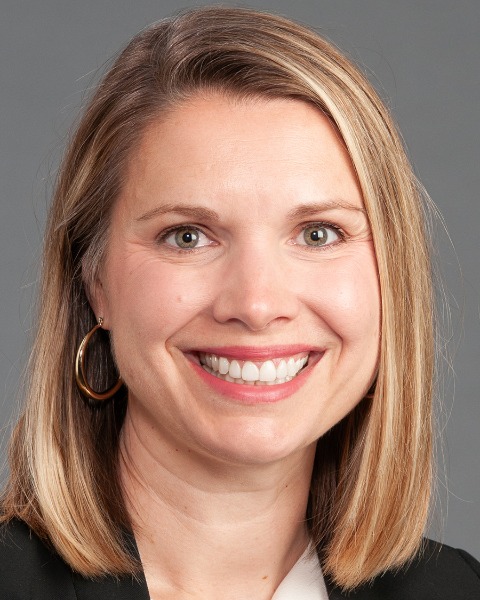Health Services Research
Session: Health Services Research 3: Access
225 - Assessing opportunities to address unmet oral health needs among pediatric hospitalized patients
Sunday, May 5, 2024
3:30 PM - 6:00 PM ET
Poster Number: 225
Publication Number: 225.1742
Publication Number: 225.1742

Cara Janusz, PhD (she/her/hers)
Assistant Professor, Implementation Science
Wake Forest University School of Medicine
Winston Salem, North Carolina, United States
Presenting Author(s)
Background: In the US, tooth decay and other preventable oral health emergencies disproportionately afflict low-income minority children and those with medically complex conditions. Identifying barriers to oral health care in hospital settings may help inform the design and implementation of strategies to reduce oral health disparities. Hospitalization provides an untapped opportunity for improving access to prevention.
Objective: To define and assess unmet oral health needs and barriers to dental care among pediatric hospitalized patients and their caregivers in a large healthcare system in North Carolina with two independently functioning children’s hospitals.
Design/Methods: Using a 34-item survey (adapted from Hachey et al. 2019), caregivers to hospitalized children ages 1-17 years self-reported oral health status and experiences related to accessing dental care for themselves and their children. Caregivers were consented to participate in the survey administration period over a five-day period in April 2023 at two children’s hospitals. Only caregivers report of their child’s oral health is reported here.
Results: Of the 117 caregivers who consented to the survey, 114 provided complete responses. The caregiver respondent sample was racially/ethnically diverse, and the majority had completed high school or some college education (Table 1). Most caregivers (84%) rated their children’s oral health status as good or excellent. A larger share of caregivers who reported fair or poor health than those who reported good or excellent oral health were uninsured or identified as Hispanic. Less than one-quarter of caregivers reported that their child attended the dentist by the recommended age of 1 year despite very few caretakers reporting challenges in accessing or attending dental visits for their children. Among caregivers who reported barriers to accessing dental care for their children, the top three were: difficulty getting an appointment, child too uncooperative or young, and child with special needs or extreme fear of dentist.
Conclusion(s): Despite overall high oral health status ratings in this convenience sample, children’s hospitals could play a role in addressing oral health disparities and improving the reach of dental care to all by assessing oral health needs among hospitalized pediatric patients, especially among those who have a limited social safety net or reoccurring admissions due to medical complexity. As next steps, we plan to revise the survey instrument to evaluate barriers and facilitators to accessing dental care access among caregivers to children with medical complexity.
